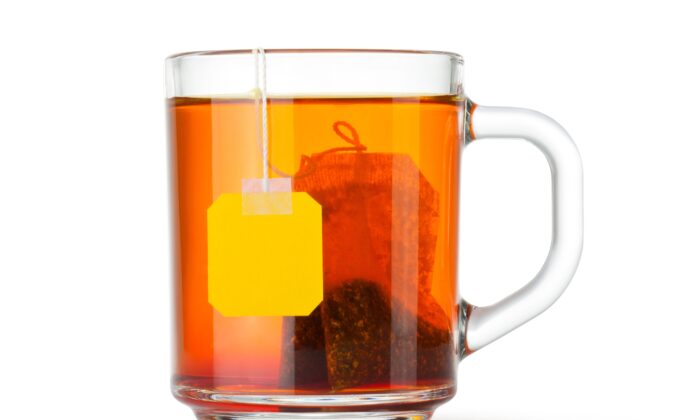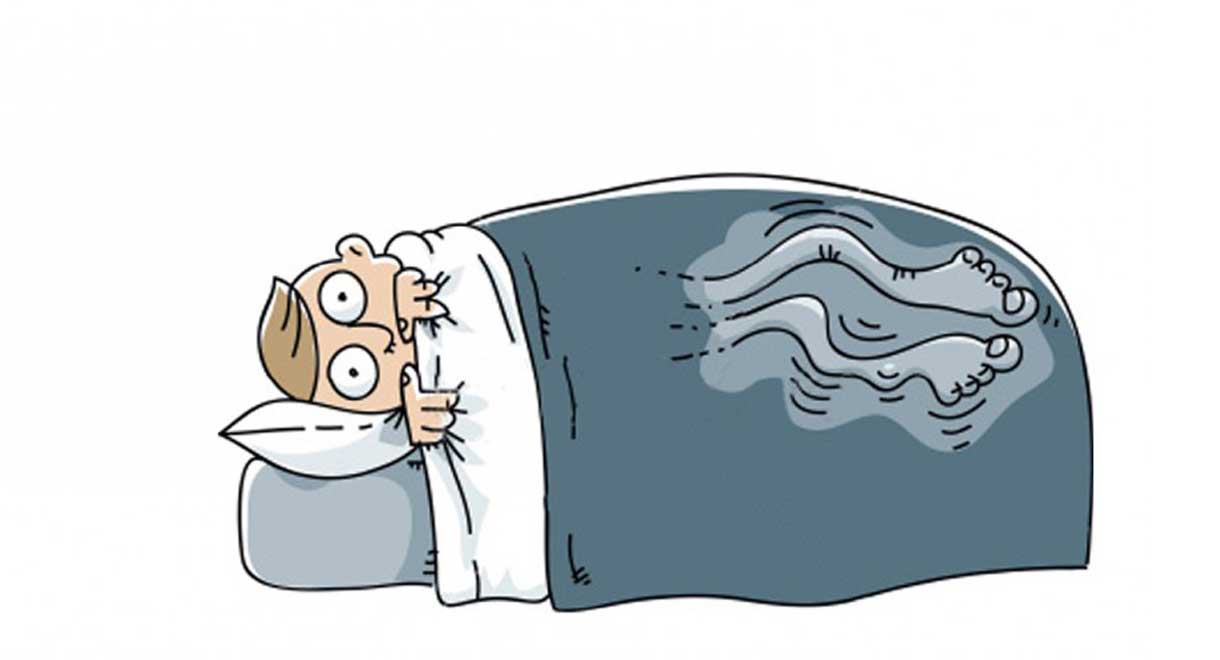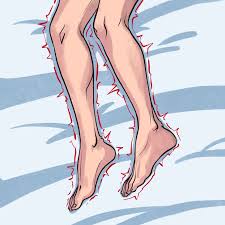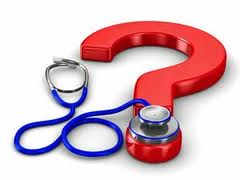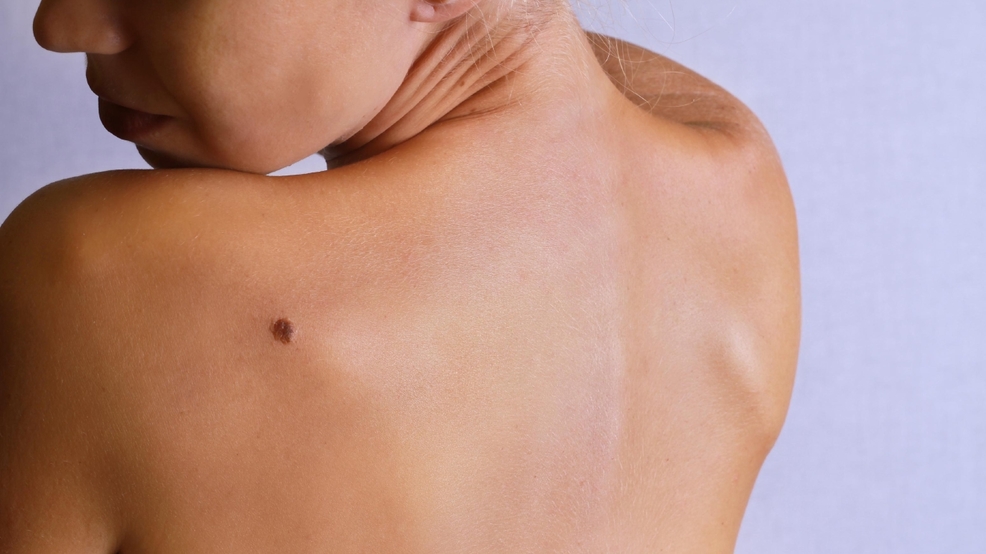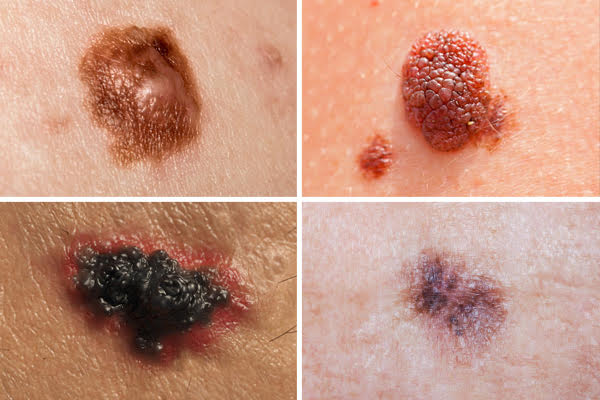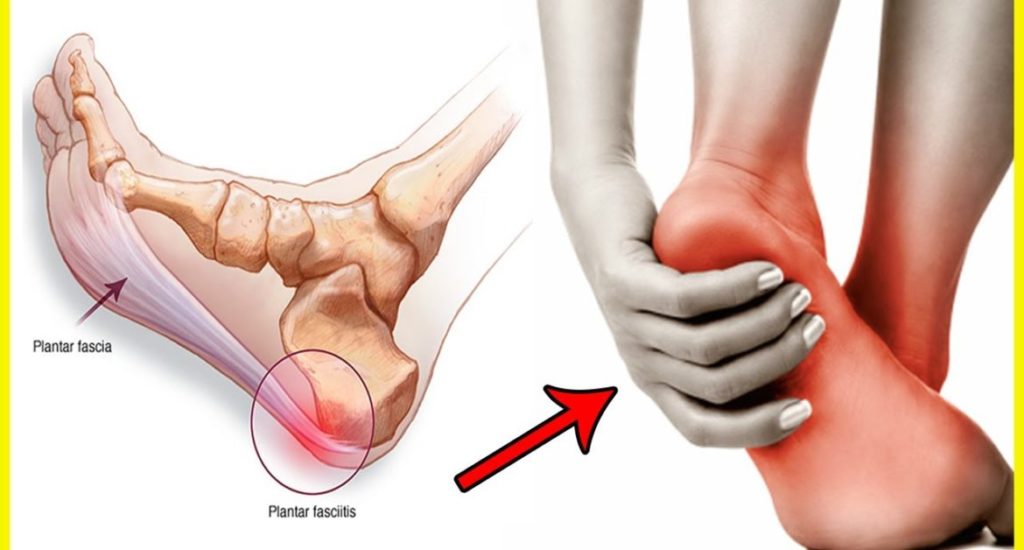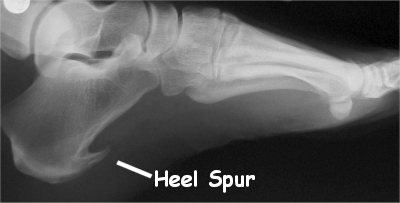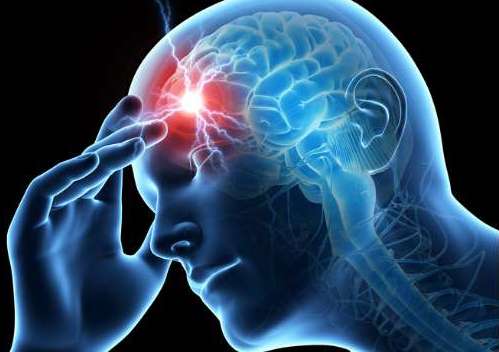10 Helpful Teas During Cold and Flu Season
When cold and flu season comes around, one of the first home treatments many people think of is hot tea. Besides helping with cough and sore throat, some regular and herbal teas have properties that might help with other common cold and flu symptoms, such as aches and pain, high fever, and inflammation.
If you want to prepare yourself and your family for the possibility of having to deal with colds and other viral infections, including influenza A viruses, then it may be time to stock up on teas. The following list represents some of the many options available and their specific advantages.
You can purchase traditional and herbal teas as tea bags or loose leaf. Some varieties have added vitamin C, which is a potent antioxidant. You also can combine various dried teas together to create your own cold-and-flu-fighting beverage.
Chamomile
You might think of this tea as one to enjoy to help you sleep, but research published in the European Journal of Pharmacology in 1990 found inhaling chamomile may alleviate cold and flu symptoms. Chamomile also has antiphlogistic properties, according to an article in Molecular Medicine Reports, that can help with fever.
Echinacea
This herb is among the more common ones used for upper respiratory tract infections such as cold and flu. Echinacea can boost immune system function, and it is recommended during the early stages of infection. Some research indicates it may shorten the duration of the common cold and lessen the severity of symptoms.
Elderberry
This flowering plant makes a delicious tea that may help reduce the duration of cold and flu symptoms. One study showed that concentrated elderberry juice was effective against the human influenza virus.
Ginger
A favorite way to enjoy this herbal tea is with lemon and honey, two ingredients that can work with the ginger to soothe cold and flu symptoms. Use freshly grated ginger if possible when making this tea. Also, ginger is a warming spice and is known to help with digestion.
Green and White Teas
Both green and white teas are less processed than black tea, which is oxidized while the others are not. One consequence of this fact is that green and white teas have greater levels of potent antioxidants known as catechins. Green tea is a source of catechins as well as theanine, both of which may help prevent flu. A better source of catechins is white tea, so choose one or the other or both and have several cups daily. Green tea is one of the few teas that contain a noticeable amount of vitamin C; around 2 to 10 percent RDA per cup. Basically, the less processed the tea, the more vitamin C it contains.
Guava
This is one of the lesser-known teas, but that doesn’t mean it doesn’t have some great healing powers. Studies indicate guava tea may inhibit the rapid spread of the flu, as well as help, prevent the growth of influenza A.
Hibiscus
The hibiscus flower makes a flavorful reddish tea that is a source of vitamin C and iron, which can help the immune system fight off pathogens. In a 2020 study, researchers reported that hibiscus tea extract showed potential against influenza A virus infection.
Licorice Root
Research shows that licorice root may be a formidable challenger for type A flu viruses. It is not as effective against the common cold, however.
Peppermint
The menthol in peppermint tea is the “magic” ingredient that works as a decongestant. Peppermint tea also can help relieve cough and relieve nasal congestion.
Rooibos
You might breathe a great sigh of relief if you drink this caffeine-free, lightly sweet herbal tea, which is made from the leaves of the red bush plant. Rooibos tea has anti-inflammatory, antioxidant, and antiviral properties.
A Final Note
Two other natural remedies to help ward off the common cold and flu and its symptoms are probiotics and honey. Numerous studies have touted the ability of probiotic supplements to benefit the immune system in its fight against these common conditions. Honey, especially organic raw honey, is a sweet and nutritious way to help manage cough and sore throat symptoms. It makes a great addition to these healing teas!
https://www.theepochtimes.com/10-helpful-teas-during-cold-and-flu-season_3626054.html BY LISA ROTH COLLINS December 28, 2020
